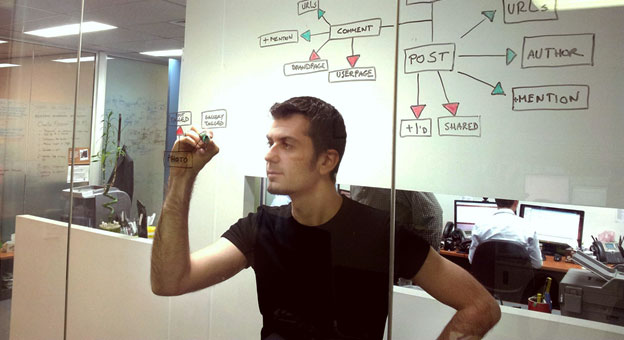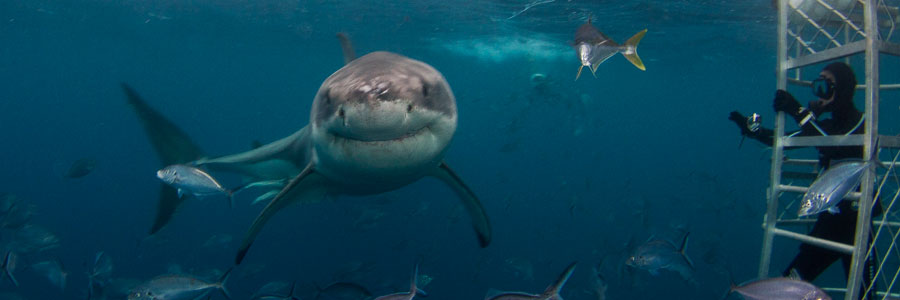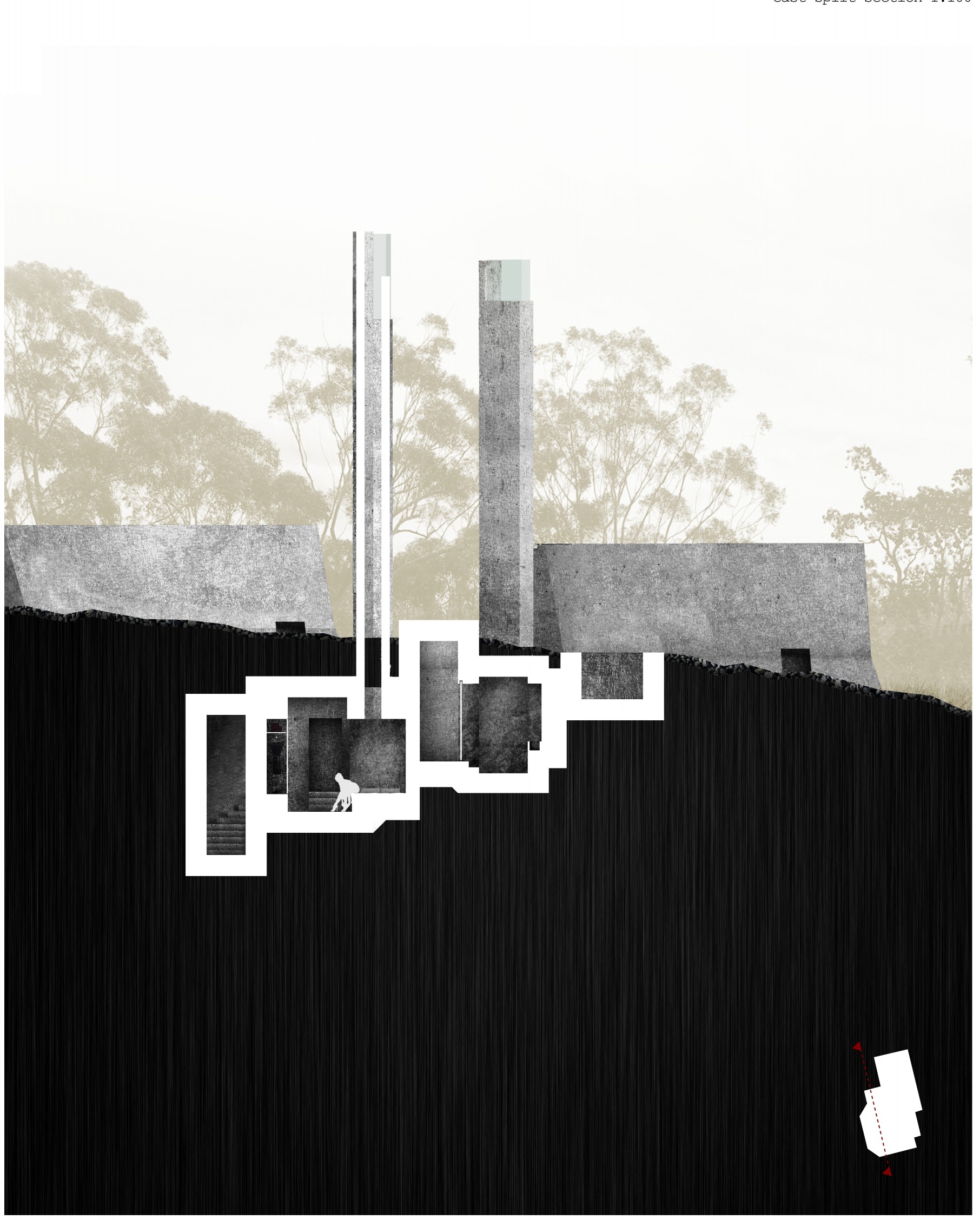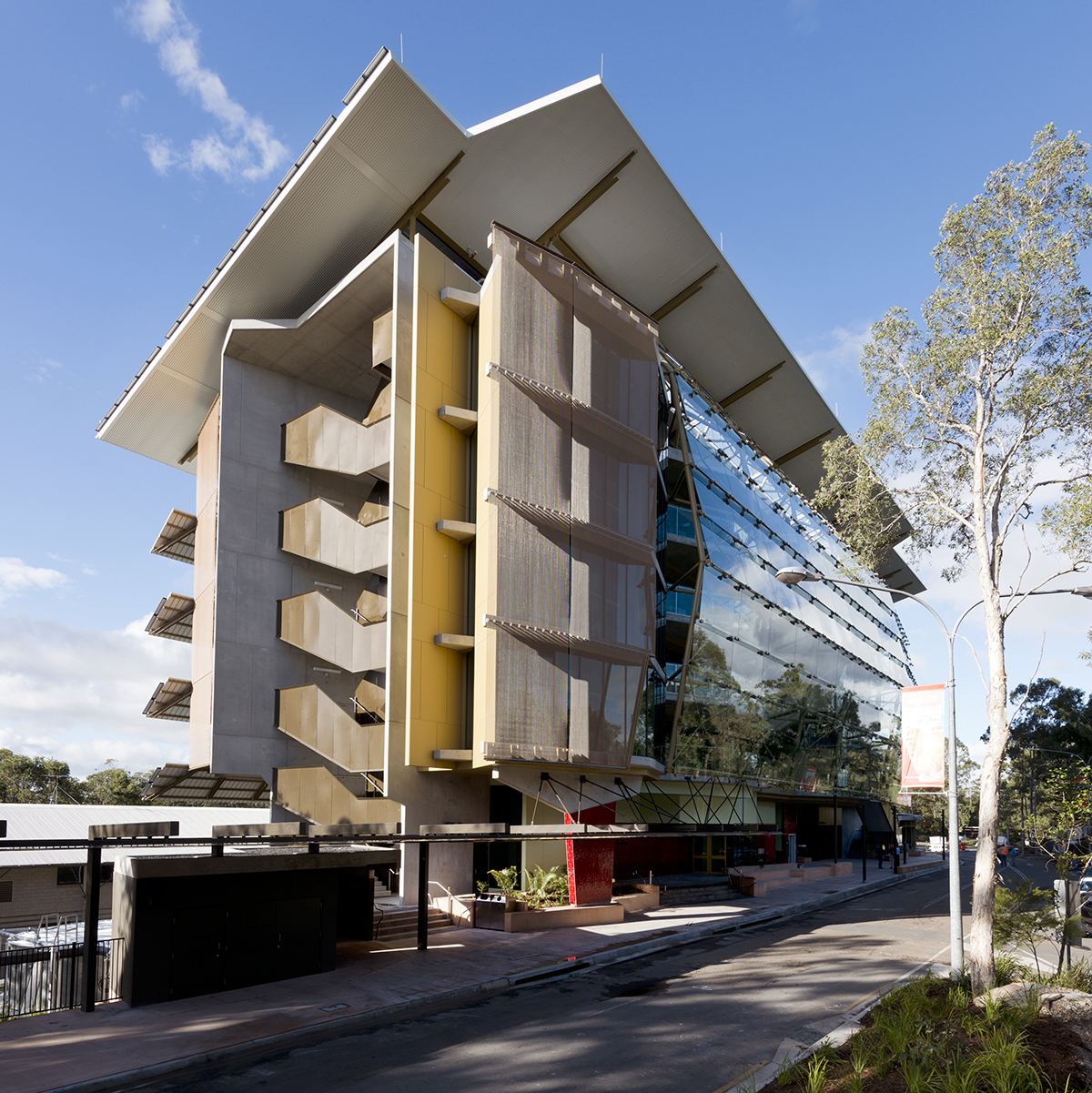Imagine walking 7 km every day to collect 15L of safe water for your family. Imagine that you might need to tie up your small children so that they don’t drown in the ponds that surround your village while you are away collecting the water. This type of dilemma is faced by thousands of women across the coastal areas of southern Bangladesh. The men also face difficult decisions – which food crops will tolerate the increasingly salty conditions, how will they provide clean water to their livestock, how will they get to market to buy the staple food products that they previously had grown locally but can no longer grow? They are also making decisions about migrating away from their community, but face the difficult decision – where to go and what will they do to provide for their families when they get there?
It is said that climate change is an amplifier of existing risks, and this is no more apparent than in southern coastal Bangladesh, where access to safe water is the number one priority for the community. The water issues are multi-dimensional here – river flows have declined due to upstream damming and reductions in monsoonal rainfall, the groundwater is drying up due to population and agricultural demands and decreasing recharge and what remains has been contaminated by salt. Numerous cyclones and associated storm surges, increased sea level rise and poor management of aquaculture ponds has led to a salty landscape that has reduced agricultural diversity, led to a range of reported health impacts such as skin diseases, increased hypertension and kidney problems and increased workloads for communities whose houses are continually corroded by salt and who have to travel large distances to collect safe water.

Staff from the Centre for Environment and Population Health, Dr Shannon Rutherford and Dr Zahirul Islam recently visited some villages in southern Bangladesh as part of a World Health Organisation (WHO) project to test a community based climate change assessment tool. In response to the water issues in this part of the country, many projects have been implemented by NGOs to improve access to safe water, increase food security, increase preparedness for disasters and alleviate poverty. The WHO Vulnerability Reduction Assessment tool has been designed to assess how introduced interventions have reduced community vulnerability to climate change with a particular focus on water, sanitation and hygiene and health. The tool includes 4 key elements of current vulnerability, future vulnerability, current coping and adaptation and sustainability and challenges for future adaptation. Staff conducted 4 workshops during their 5 day visit– 2 at a community level, one at a local government level and 1 national workshop. This is a small project that is part of a larger WHO program conducted across 4 countries designed to improve climate change resilience to water and health.
For more information, please contact Dr Shannon Rutherford, [email protected]





